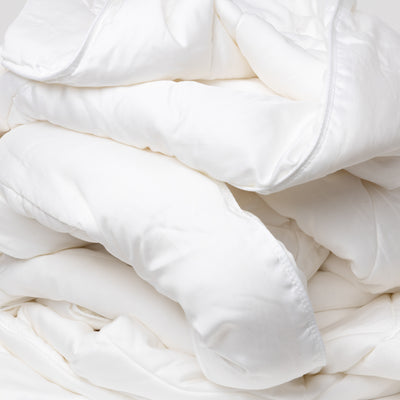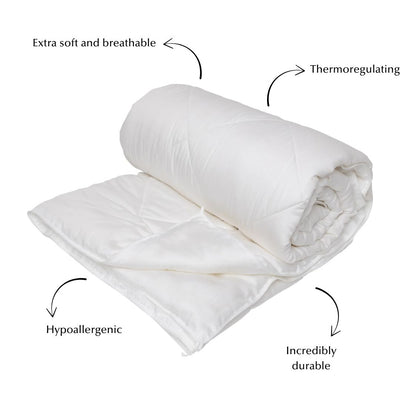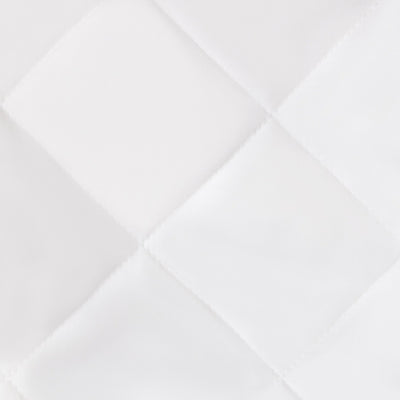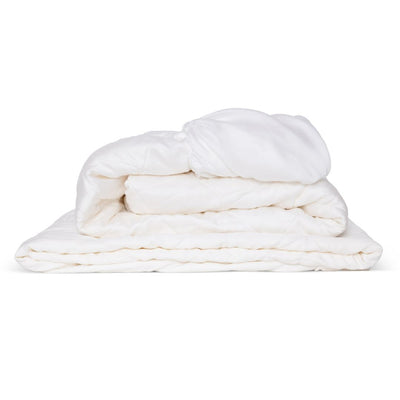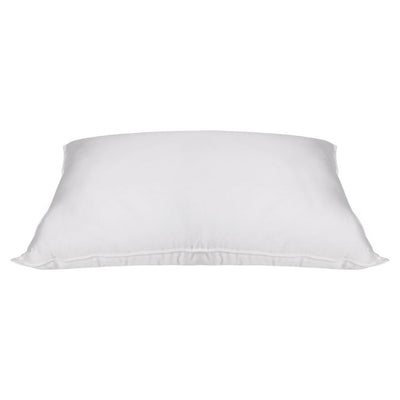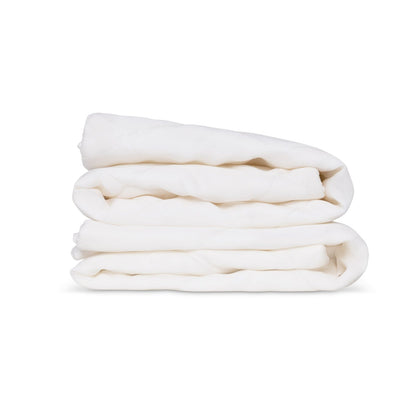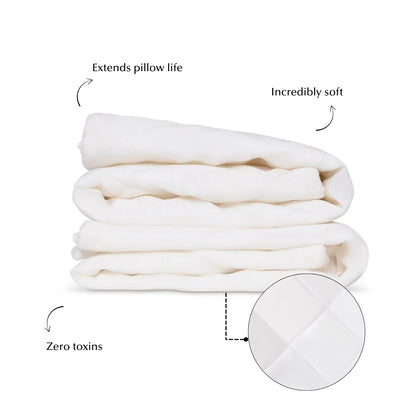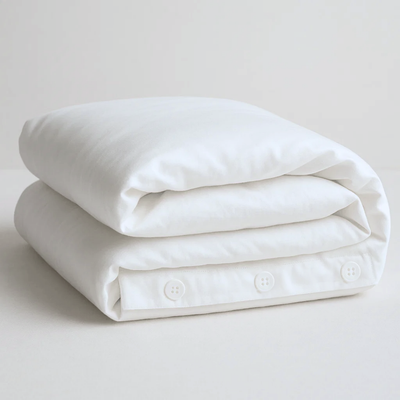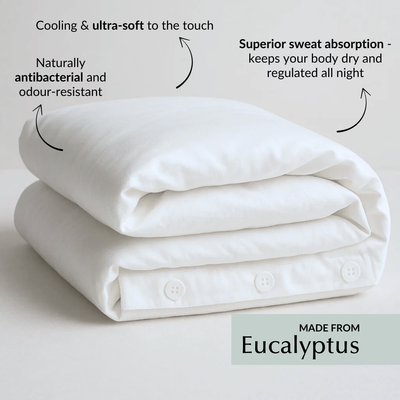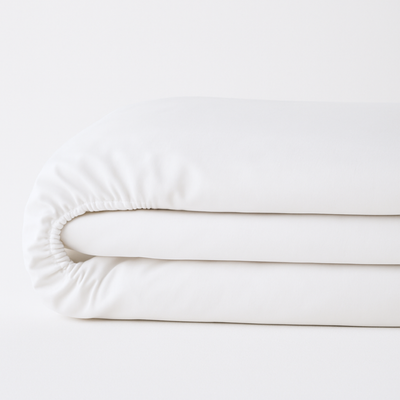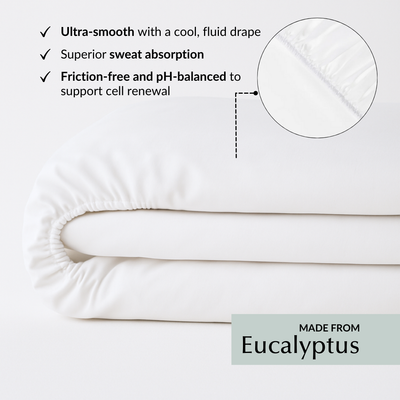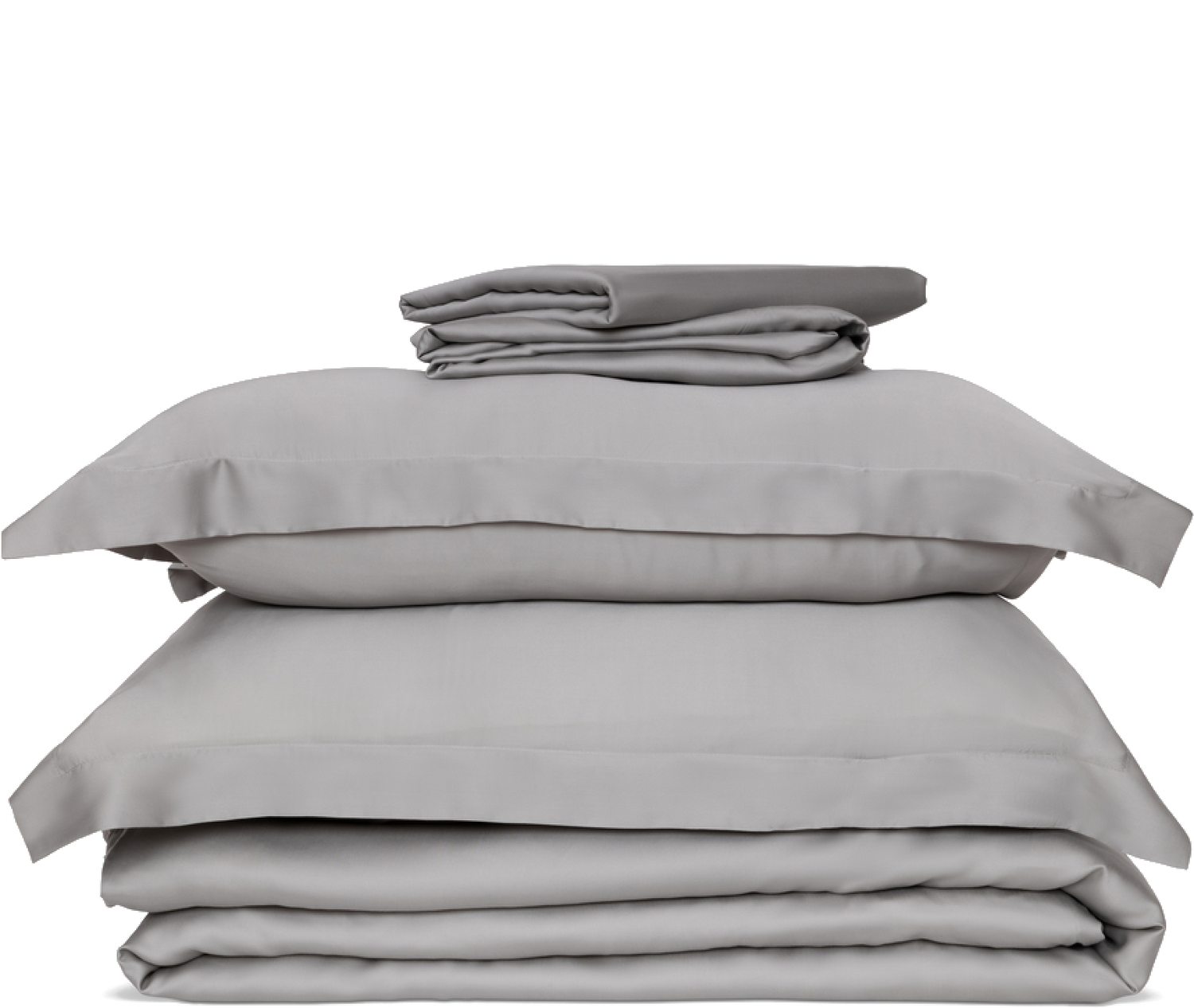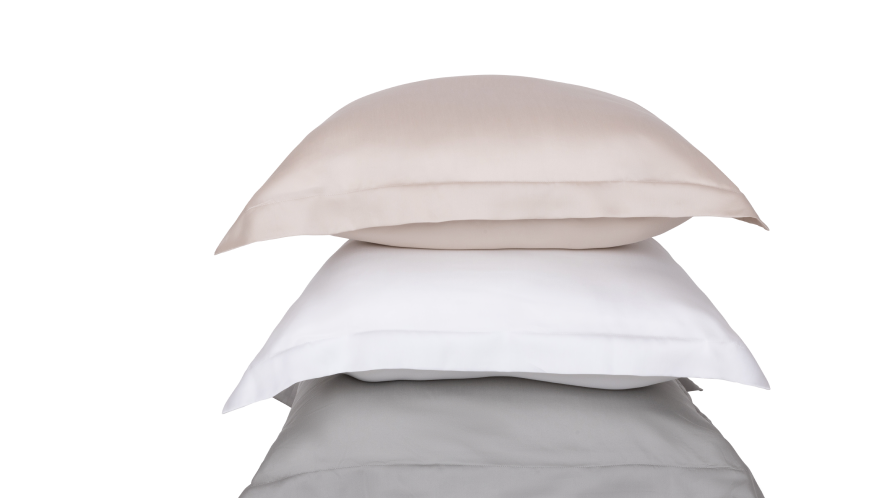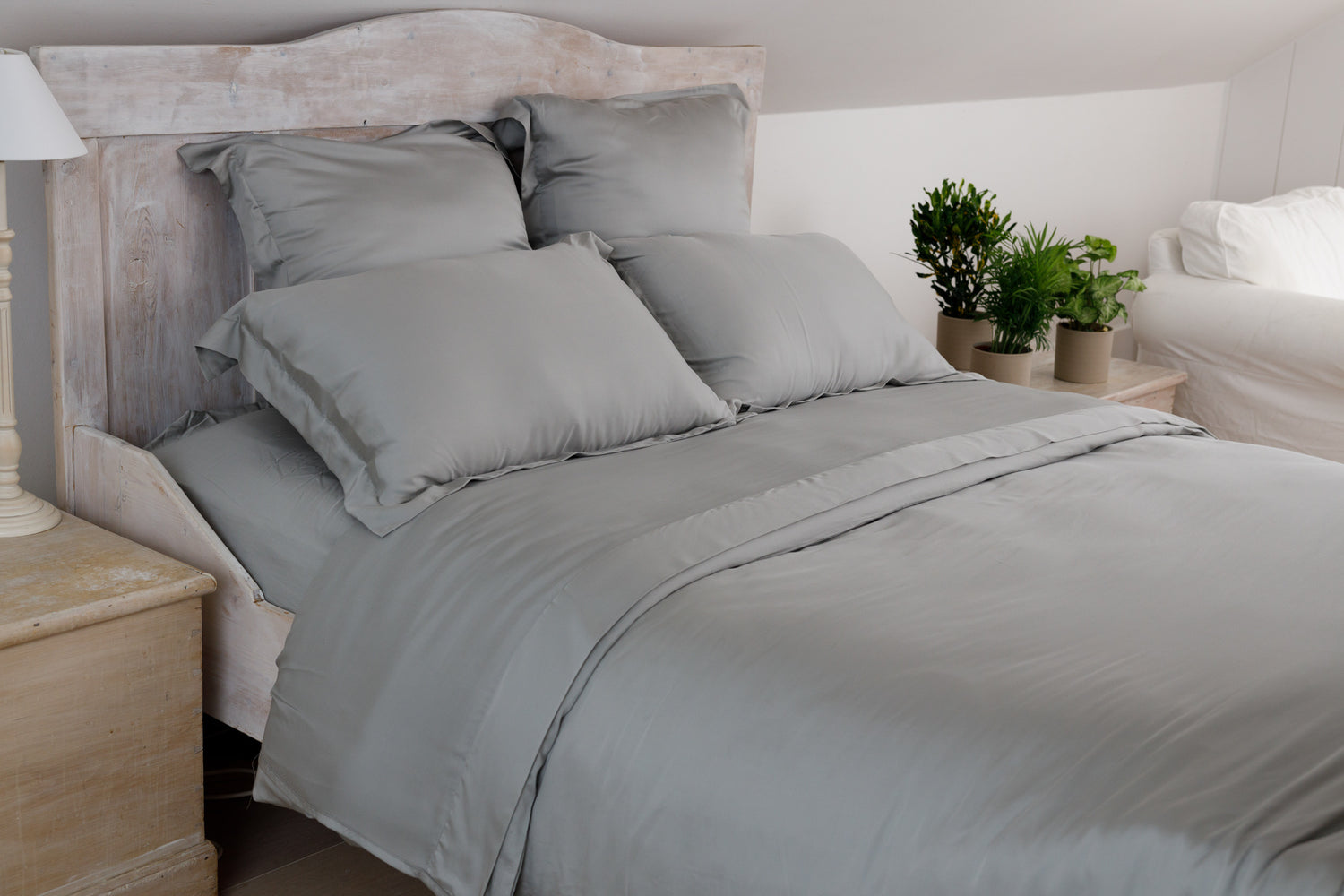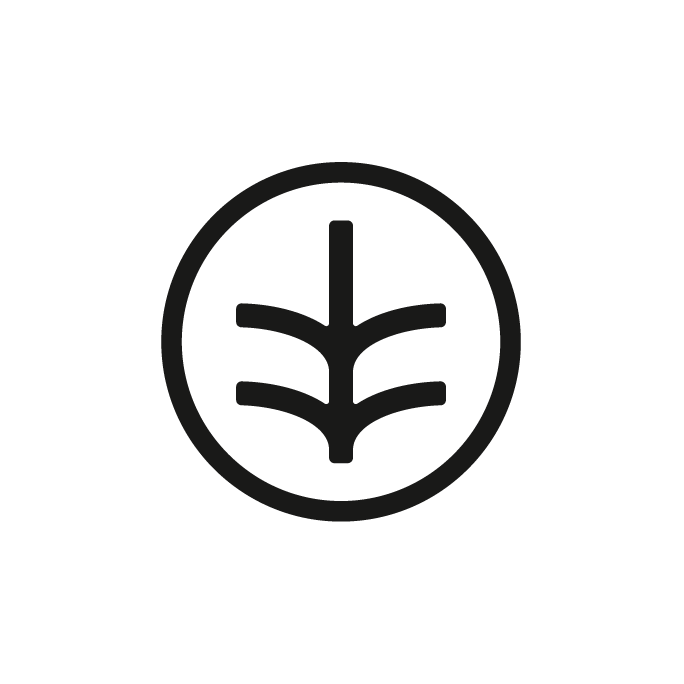The year is 2021 and sadly, we all now know the meaning of the word “sustainable”. Humanity has gotten itself into a conundrum where our home, the planet earth, cannot support our level of consumption, pollution and diseases any longer.
It’s a pretty sad state to be in where our level of irresponsibility throughout the last few decades has been ruining the only home we have. Toxic chemicals everywhere, melting ice, rising sea levels, deforestation, overfishing and depleting oceans? This is not okay.
To add more doom and gloom, the textile industry is one of the biggest culprits for pollution, not only for causing 10% of global carbon emissions, but did you know:
- 190,000 tons of microplastic fibres end up in the ocean every year
- 85% of human-made debris found on shorelines are microfibres
- 200 tons of fresh water are needed to dye one ton of fabric, yet 750 million people in the world have no access to fresh water
- 20% of industrial water pollution come from treatment and dying of textiles
- 1 kg of chemicals are needed to produce 1 kg of textiles
- 70 million trees are cut down each year for textiles
Yikes.
But do not despair! Many of us are realizing the mess we have gotten ourselves into and remembering that it is our responsibility to protect our home. The number of people buying recycled and organic products are higher than ever, and with it, the demand for eco-friendly products.
More businesses have started to realize that by sincerely and honestly incorporating sustainability efforts as part of the core business lends itself naturally to marketing and leads the way to customer loyalty and hence, increased profits.
So What’s Sustainable Bedding?

Sustainable bedding is made with natural and organic fabrics that are produced with less water, less resources and do not require harsh chemicals like pesticides, bleach or additives like microplastics.
Ethical companies focus on reducing their carbon footprint and minimizing their environmental impact throughout all stages of production. Many companies use a closed-loop system, which means almost all the solvents, chemicals and waste are recycled and used for the next batch of products, minimizing the effect that the manufacturing has on the environment.
From the harvesting of raw materials, to the manufacture of the products and the eventual sale and delivery, the whole process is strictly 100% ethical. Companies must employ fair trade practices with fair wages, safe working conditions and sustainable livelihoods, environmental protection and community development.
And to keep them honest, the few certifications to look out for are Standard 100 by OEKO-TEX, GOTS (Global Organic Textile Standard), Fair Trade and Greenguard.
These independent organizations have strict standards that businesses must meet throughout the farming and manufacturing process in order to be certified. The finished product goes through rigorous chemical testing to ensure that the products are organic, do not contain harmful substances and are made ethically throughout the entire supply chain.
In addition to that, the Forest Stewardship Council protects our forests and the Vegan Society guarantees that the product contains absolutely no animal by-product and is 100% sustainable.
What Materials Are Sustainable Bedding Made From?

Now that we’ve been through the definition, let’s talk about what materials bedding is actually made out of!
Cotton
Cotton is made from the natural fibres of cotton plants which are from the genus Gossypium. A staple textile used for thousands of years since its first manufacture in India, it is composed mostly of cellulose, an insoluble organic compound in the plant’s structure.
Cotton is the world’s largest non-food crop, with more than 80 countries growing it. However, production is concentrated in just six countries that together produce 80% of all cotton – China, India, Australia, Brazil, the US and Pakistan.
Every wardrobe probably houses a multitude of cotton products. But did you know cotton is one of the most environmentally demanding textiles? Highly water-intensive, it takes between 10,000 to 20,000 gallons of water to make a single pair of jeans and up to 3,000 gallons to make a t-shirt. Cotton farms are also commonly found in developing countries with a high-risk of water shortages.
Cotton farming also uses high levels of pesticides and toxic chemicals that go into the soil and contaminate the water. Developing countries in which these farms are located have little to no access to safety equipment and protection against the contamination.
Figures from the World Health Organisation show that approximately 20,000 individuals die of cancer and suffer miscarriages as a result of chemicals sprayed on conventional cotton. Yikes.
Enter organic cotton. Organic cotton uses less water and is grown without the use of pesticides, chemical fertilizers, genetic modifiers and insecticides. This protects the local community, livestock, the ecosystems and is good for the soil, keeping it fertile, nutritious and healthy.
A small drawback is the quantity of water needed to power a healthy cotton farm. It remains unchanged at 1,320 gallons of water for each pound of cotton products.
Linen
Linen is made from flax seeds that don’t require many fertilizers or pesticides. It is made from 100% natural fibre and manufactured in environments without any harmful chemicals.
However, flax, the plant that linen is made from, is often treated with nitrates which, although not as harmful as pesticides, can still enter ecosystems through water run and cause damage.
Although linen is generally a more sustainable option, only organic certified linen can guarantee that no artificial or damaging chemicals have been used during flax growth.
Hemp
8 times stronger than cotton, the hemp plant naturally grows sustainably, not requiring pesticides or insecticides. The hemp plant grows quickly, doesn’t require much water and doesn’t take up much space. On the same amount of land, you can grow 250% more hemp than cotton!
Hemp fabric comes from the fibres of the plant’s stem. It can be made in a sustainable way using the original fibres or it can be made into hemp viscose which can be environmentally damaging.
Ensure the hemp fabric is certified organic as some farmers might use pesticides and insecticides in the growing process.
Tencel™
Tencel™ is a brand of lyocell fabric that comes from the cellulose of wood pulp from eucalyptus, birch or beech trees.
These trees do not require pesticides, herbicides or fertilizers, and do not cause damage to the surrounding ecosystem.
It is 50% more absorbent than cotton and has an incredibly soft feel, is moisture-wicking, antibacterial, breathable and durable.
It is manufactured in a closed-loop system. This means natural, recyclable materials are used in the production process so that more than 99% of solvents, water and organic chemicals are reused when making the next batch of products. This drastically reduces the carbon footprint and greatly minimizes the effect that the manufacturing has on the environment.
Most of the trees from which Tencel™ comes from are eucalyptus trees. A eucalyptus crop requires 10 times less water than cotton to grow. When harvesting eucalyptus, the trees are cut and not uprooted, continuing to grow and provide crop for the next season without new planting.
The lyocell fibres of Tencel™ are also produced from sustainably grown eucalyptus trees in Austria for the European textiles market, which also means it has far less distance to travel to reach the customer. In contrast, other textile markets typically have manufacturing operations in South East Asia and India, meaning the products will have to travel a longer distance to eventually get to the end-user.
Wool
Wool has been used across the world for thousands of years, a popular product that comes from primary coats of sheep, but can be also sourced from goats, llamas, alpacas, rabbits and camels.
Wool is naturally-produced and biodegradable, which means it will eventually compost when it hits those landfills. It is a great alternative to synthetic fabrics like nylon and polyester which are forms of plastic.
However, despite high standards for the harvest of wool from sheep, there is some controversy over the practice of mulesing the sheep.
Mulesing is done to reduce flystrike, or myiasis. Flystrike is a condition where parasitic flies lay eyes on the skin with soiled wool or open sounds. After hatching, the larvae feed on the sheep’s tissue and can cause infection and even death. The sheep then display agitation, matted wool and poor odours, which all further attract flies.
To prevent flystrike, many sheep farms practice mulesing, a preventative measure that involves cutting skin from the buttock region, and this is usually done without anaesthetic.
Bamboo
Bamboo is one of the fastest growing plants in the world and does not require any chemicals, pesticides or fertilizers. The fibre is completely biodegradable and is about 3 times stronger than cotton.
Even though bamboo is one of the most sustainable textiles available, it takes a long time to produce just a small amount. This leads to most textiles actually being bamboo viscose, which is made with the use of toxic chemicals that can be damaging to our health and the environment.
Silk
Used for hundreds of years, silk is an ancient fabric first produced in China at the tail end of the Stone Age. Coming from silk worms, there are various types of silk, mulberry silk being the most common.
Known for being incredibly soft, silk is a luxurious textile that is kind to sensitive or irritated skin from sunburns, eczema, or other conditions.
Mulberry bushes do not need pesticides or toxic chemicals, and organic silk is produced without any synthetic chemicals and will biodegrade in landfills.
However, like most other natural fibres, silk is mostly grown in South East Asia and India which means the transport and distribution of silk products has a large carbon footprint.
This is in contrast to Tencel™, with the lyocell fibres produced from sustainably grown Eucalyptus trees in Austria for the European textiles market, from where it has far less distance to travel throughout the supply chain and eventual customer.
As temperatures in South East Asia far exceed the optimal growing temperature of 20-28°C, a large amount of energy is used to cool the air around the silkworms, making silk farming an energy-intensive process.
Greenwashing
Congratulations and thank you.
You have made a great effort on wanting to learn more about sustainable bedding and make better purchase choices. How now, do you separate ethical companies which deserve your dollars, or those that aren’t?
Greenwashing is a term coined by Jay Westerveld in the 1980s, who wrote an essay in 1986 exposing the hotel industry’s practice of placing cards in rooms promoting the reuse of towels to “save the environment”. He noted that in most cases, aside from the cards, little to no effort towards reducing energy waste was made by these hotel companies.
Concepts these days like “sustainable” and “eco-friendly” are increasingly seen as attractive qualities to consumers leading to great brand loyalty and ultimately profits. The Nielson’s Global Corporate Sustainability report shows that 66% of consumers are more willing to spend on a sustainable product, a figure that rises to 73% with Generation Z shoppers.
Companies are constantly rebranding themselves and their products to capitalize on the good intentions of their customers. Words like “natural”, “recyclable”, “organic” and “chemical-free” are found on almost every product these days!
How To Spot A Lie
With all these companies jumping on the “sustainable” bandwagon, how do you tell the ethical companies from the hypocrites?
-
Look for companies that are honest and excited to share details about their operations and materials. After all, if you are proud of your product, wouldn’t you want to share it?
-
Check on the certifications of each product that is claimed “organic” or “natural”. Industry standard certifications include OEKO-TEX, GOTS, Fair Trade, Vegan Society, Greenguard.
-
Examine each stage of the supply chain. Were the raw materials farmed sustainably? Are manufacturing operations safe, comfortable and with fair wage? Is the packaging eco-friendly, reusable and minimal? What about the return policy, do returned orders go to landfills?
- Any animal products used at all, or synthetic materials?
Knowledge is power, and social media is your friend. Do your research, look online for any reviews or share some of your discoveries. The more people know about genuinely ethical companies and products, the more popular they will become, prompting other companies to follow suit. Together, we can do better!
So check out our range of sustainable bedding today and to compliment your next purchase we also highly recommend checking out Una Mattress to browse their range of sustainable, eco friendly and 100% latex mattresses.
Happy sustainable shopping!

